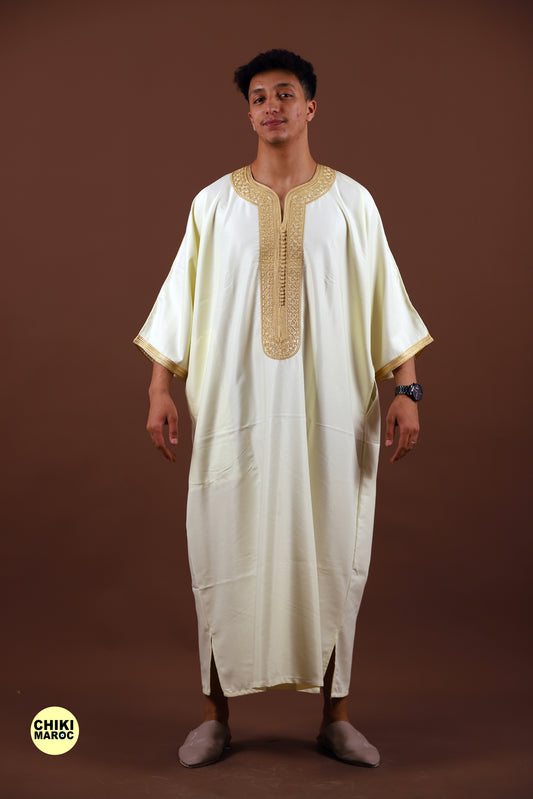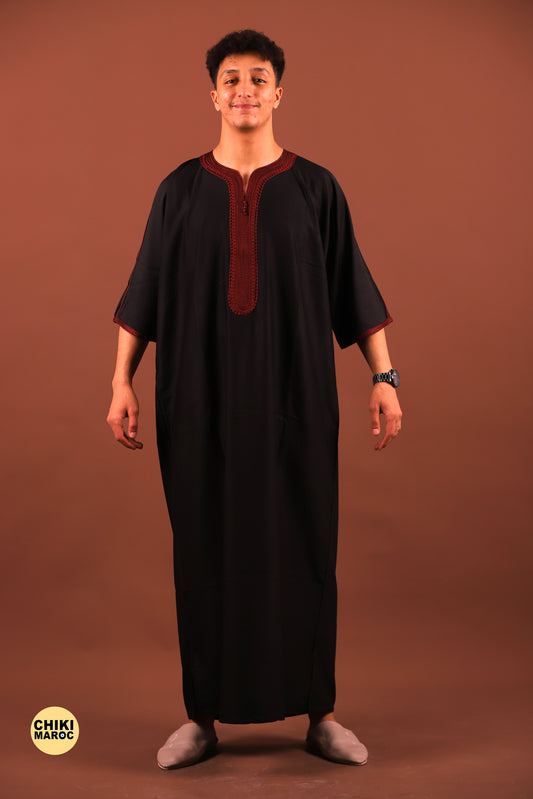Turkish clothing reflects a blend of historical richness and contemporary style, influenced by diverse cultural elements from the East. This expert guide delves into the allure of Turkish fashion, exploring traditional garments, modern trends, and cultural influences that shape the distinctive aesthetics of Turkish clothing.
Introduction
Introduce Turkish clothing as a reflection of Turkey's rich cultural heritage and its influence on global fashion trends.
Historical Roots of Turkish Clothing
-
Ottoman Era: Explore clothing styles during the Ottoman Empire, known for their opulence, intricate designs, and use of luxurious fabrics like silk and brocade.
-
Anatolian Traditions: Discuss traditional Anatolian garments, highlighting regional variations in attire that reflect local customs and craftsmanship.
Traditional Turkish Attire
-
Kaftans and Robes: Describe the significance of kaftans and robes in Ottoman court fashion, known for their ceremonial use and elaborate embroidery.
-
Headwear: Explore traditional Turkish headwear such as fezzes, turbans, and headscarves, reflecting cultural and religious practices.
Modern Turkish Fashion Trends
-
Contemporary Designs: Highlight how modern Turkish designers reinterpret traditional motifs and fabrics to create innovative clothing lines for global markets.
-
Influence of Western Fashion: Discuss the fusion of Western and Turkish fashion elements in contemporary attire, reflecting globalization and cultural exchange.
Regional Variations in Turkish Fashion
- Istanbul vs. Anatolian Styles: Compare urban fashion trends in Istanbul with more rural and Anatolian-inspired clothing styles, emphasizing diversity within Turkish fashion.
Cultural Influences and Symbolism
-
Islamic Influences: Explore how Islamic principles influence modesty and style in Turkish clothing, reflecting cultural values and religious practices.
-
Ethnic and Tribal Elements: Discuss the incorporation of ethnic patterns, colors, and craftsmanship from Anatolian tribes into modern Turkish fashion designs.
Turkish Fashion Icons and Designers
- Emerging Designers: Profile up-and-coming Turkish fashion designers who blend tradition with innovation, contributing to the global fashion scene.
Shopping Guide
- Where to Shop: Provide insights on where to find authentic Turkish clothing, including local markets, boutiques in Istanbul, online stores, and designer showrooms.
Sustainability and Craftsmanship
- Artisanal Craftsmanship: Highlight the importance of preserving traditional craftsmanship in Turkish clothing production, supporting local artisans and sustainable practices.
Conclusion
Summarize the enduring appeal of Turkish clothing, celebrating its cultural richness, diversity, and ongoing evolution in the global fashion landscape.




